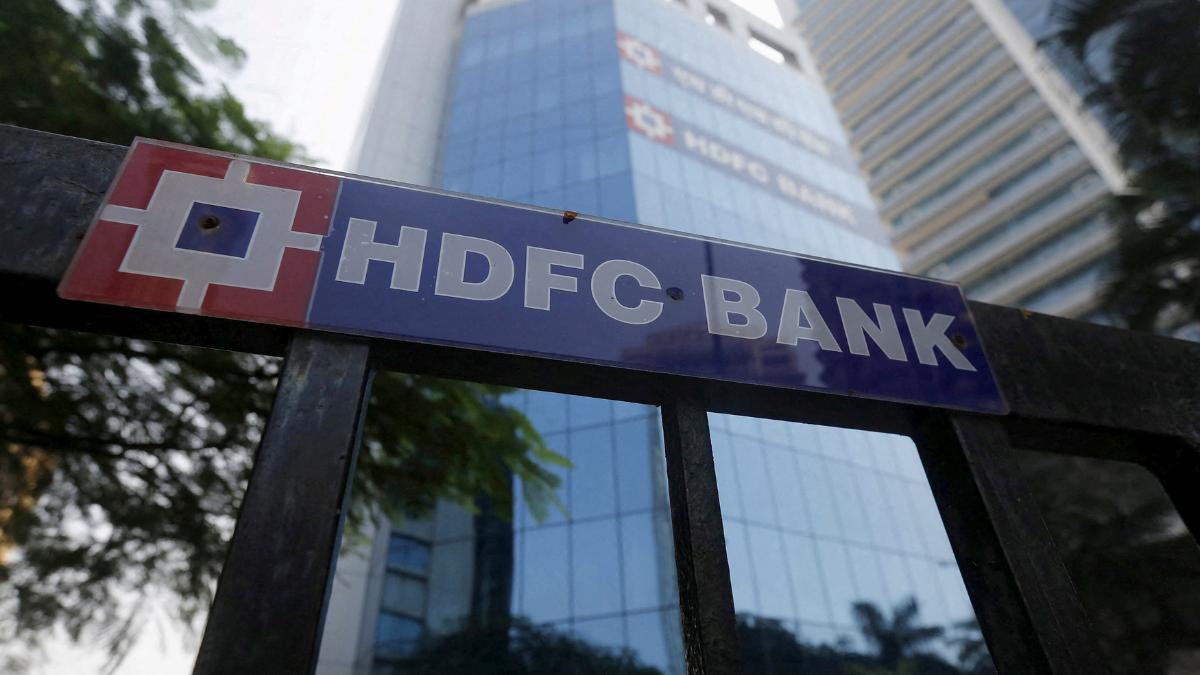According to Srinivasan Vaidyanathan, chief financial officer of HDFC Bank, banks’ current account savings account (CASA) ratios are unlikely to increase right away, even if the Reserve Bank of India (RBI) has lowered its repo rate by 50 basis points during the last three months. Speaking to analysts on the results call, he stated that the CASA ratio is not projected to improve for several quarters because to the declining interest-rate cycle. The CASA ratio often follows interest rates inversely; when interest rates decline, the CASA ratio rises, although a few quarters later.
“If you see over a period of 15 years through the up and down rate cycle, the CASA has moved in the opposite direction, which is when the rate goes up, CASA ratio goes down and the rate starts to come down. There is some lag, it’s not instantaneous, after a few quarters lag, the CASA starts to go up,” said Vaidyanathan. “So if the empirical is repeated, there is no reason to believe that it would not be the same, we are not seeing something different as such, we should get the CASA back, but not in a hurry because two rate cuts have happened.”
The CASA ratio for HDFC Bank decreased from 38% in March 2024 to 35% in March 2025.
In general, banks tend to see an increase in their CASA ratio when economic interest rates fall. This problem happens when term deposits and other higher-yielding fixed-income instruments become less appealing in an environment with decreasing interest rates. Therefore, even though savings accounts earn less interest and current accounts do not pay interest, depositors can still want to hold a bigger percentage of their money in more liquid accounts like current and savings accounts.
Banks have seen a slow drop in CASA ratios over the past year while fixed deposit rates have remained high. CASA is a low-cost funding option that is essential to preserving banks’ net interest margins. Banks began rising interest rates on fixed deposits due to tight liquidity conditions and high credit demand over the past year, which caused the rate difference between savings accounts and FDs to expand. In order to earn greater rates, this led depositors to move their money from CASA to FDs.
In the upcoming fiscal year, the bank hopes to return its loan to deposit ratio (LDR) to its pre-merger levels. The LDR will drop to the pre-merger level of 85 to 90, as we stated last quarter or even roughly a year ago. More specifically, it was 87 and change, and we operated between 85 and 90 in the quarter before to the merger. That will fall into that range in FY27, he stated.












